
2021 was quite the year for Pokémon, between musical collaborations with world-famous artists, the revival of Pokémon Snap, and, of course, big reveals and releases. It was basically a year-long celebration of the franchise’s 25th anniversary, as the original two Pokémon games were released in Japan in February of 1996. Dozens of games have since followed for all manner of Nintendo systems, with the latest, Pokémon Legends: Arceus, hitting the Switch next week. What better time to update our list of the best Pokémon games of all time, then? Here are our picks for the best of the best—the 10 Pokémon games everybody needs to play.
10. Pokémon Yellow
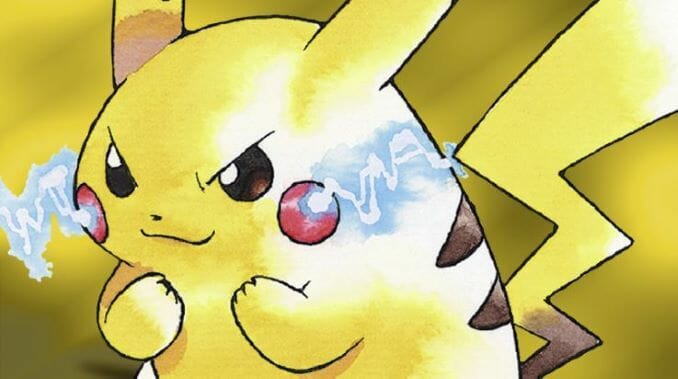
Year: 1998
Original Platform: Game Boy, Game Boy Color
When it came out, Pokémon Yellow was largely a means of capitalizing on the popularity of the franchise’s new mascot: Pikachu. Looking back, it allowed players to live their fantasy of completing the game with each of the game’s three starters. That alone puts it a notch above a lot of games. Beyond that, it improved and expanded on Red and Blue in nearly every possible way.
9. Pokémon Ultra Sun and Ultra Moon
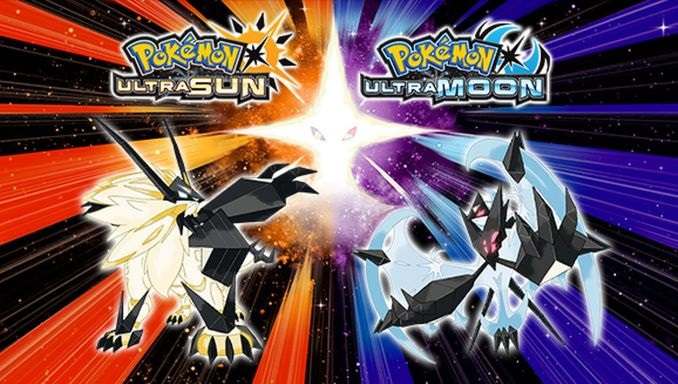
Year: 2017
Original Platform: 3DS
Pokémon Sun and Moon were by no means bad. In fact, their unique take on the structure and formula of the core Pokémon games was fresh and fun, if a bit slow. They did, however, introduce the vibrant Alola region and a cast of great characters and Pokémon. Ultra Sun and Ultra Moon trimmed some of the fat and added so much to the originals that it’s hard to recommend the originals at all anymore when these games exist.
8. Pokémon X and Y
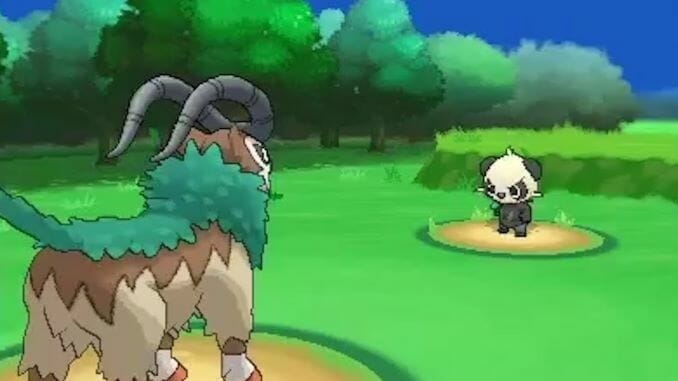
Year: 2013
Original Platform: 3DS
X and Y had an uphill battle from the start. Following up a series of back-to-back incredible games on nearly every front, X and Y’s deliberate pace and new art-style felt like a shock. While some were dazzled by the incorporation of 3D visuals and mega evolutions, what really stood out in X and Y were the quality-of-life upgrades it introduced. Taking advantage of the 3DS’s vastly improved multiplayer capabilities and tech, trading, training and battling were all easier and more fun and the orchestrated music—a first for a Pokémon game—made a strong impression. Even minigames like Pokémon-amie and Super Training and its postgame offerings made competitive Pokémon battling much more accessible to newcomers.
7. Pokémon Sword and Shield
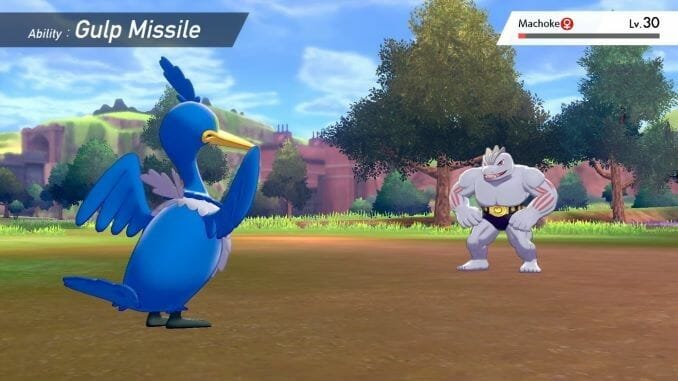
Year: 2019
Original Platform: Switch
After Pokémon Let’s Go Eevee and Pikachu’s nostalgic but unimpressive trip down Kanto’s memory lane felt like a half-hearted start to Pokémon’s new home on the Switch, Sword and Shield had the unenviable task of living up to the expectations that came with it being the franchise’s first true blue entry on the handheld-console hybrid. Annoyed Pokémon fans from across the internet didn’t make that task any easier, either.
Sword and Shield pulled it off, though, delivering a somewhat ambitious take on the franchise’s core structure. While some of their biggest ideas, like the wild area, didn’t totally deliver, the two games undoubtedly established a strong framework for future titles on the system.
6. Pokémon Fire Red and Leaf Green
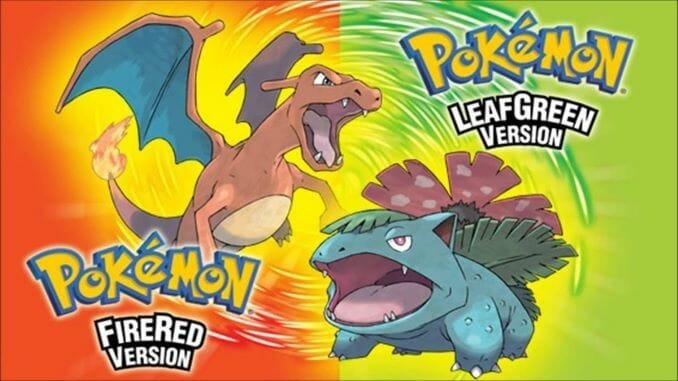
Year: 2004
Original Platform: Game Boy Advance
Pokémon Fire Red and Leaf Green started one of the best trends in Pokémon: the remake. While not every Pokémon remake has been a slam-dunk, bringing newer design sensibilities and graphical capabilities to classic monsters, locations and moments works in Fire Red and Leaf Green’s favor.
The GBA’s 16-bit style and Gen 3’s quality of life sing in Fire Red and Leaf Green. While other remakes erred too faithful, Fire Red and Leaf Green understand what worked and what didn’t in Red and Blue. Despite newer attempts like Let’s Go Eevee and Pikachu, Fire Red and Leaf Green are still the ideal way to experience Kanto (save a pair of games you’ll see later on this list.)
5. Pokémon Black and White
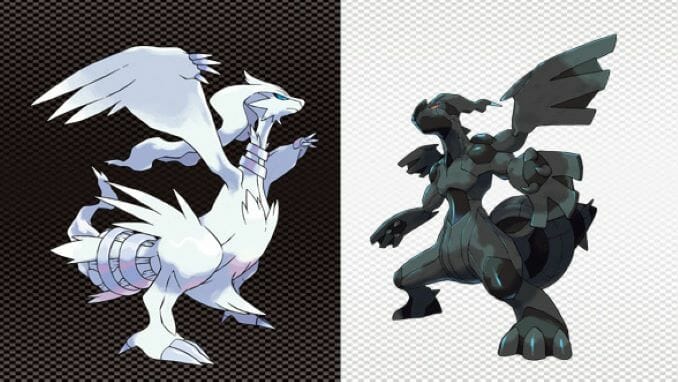
Year: 2010
Original Platform: DS
Pokémon Black and White were really ambitious—perhaps too ambitious for some fans hoping to find some returning classics. Black and White turned the criticisms about the Sinnoh region on their head. Instead of relying on mostly old Pokémon to fill out its Pokedex, Unova’s Pokedex was completely new. It delivered a fully fresh-feeling take on Pokémon without shaking up the games’ core structure. It also felt like the first game to truly take advantage of the DS’s hardware, delivering new visual flair and spectacle to the game.
4. Pokémon Emerald
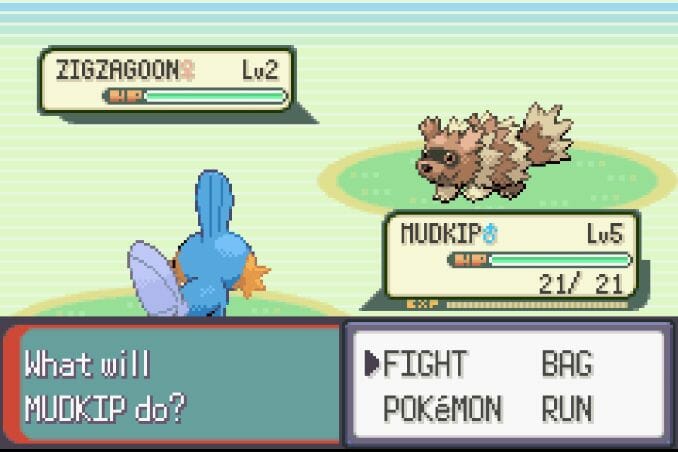
Year: 2004
Original Platform: Game Boy Advance
Third versions of Pokémon games are almost always the best in their generation and Pokémon Emerald carries the torch well. On top of the small changes and tweaks it adds to Ruby and Sapphire, it’s the most polished GBA Pokémon game. Its lush, vibrant visual style might not have always shone through the GBA’s poorly-lit screen without a light, but the game’s sprite work alone is a marvel. Add new adventures on top of Ruby and Sapphire’s brassy soundtrack and great cast of catchable creatures and you get the best take on Hoenn.
3. Pokémon Platinum
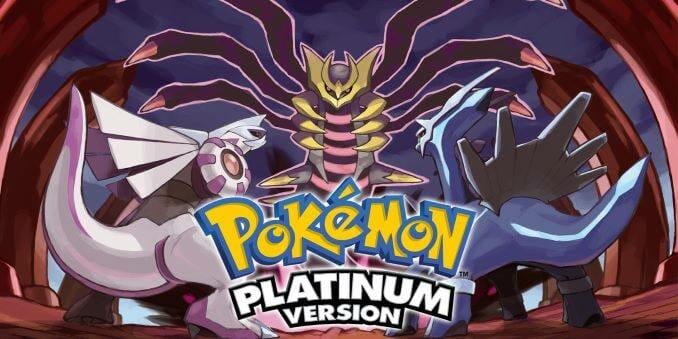
Year: 2008
Original Platform: DS
Pokémon Diamond and Pearl were great. They kicked off arguably the best era of Pokémon. But, they felt extremely limited in scope and content, even compared to past entries in the franchise. Since they were the first games on a new console, that was deeply disappointing and soured many fans’ perceptions about Gen 4.
Diamond’s brilliance and Pearl’s shine pale in comparison to Platinum’s luster. Platinum delivered on a majority of the things that Diamond, Pearl and even their remakes felt like they were missing, but it still had the same charm, great Pokémon designs and iconic soundtrack that the originals had. Even after a remake of its counterparts, Platinum is still the best way to explore Sinnoh—above or below ground.
2. Pokémon Heart Gold and Soul Silver

Year: 2009
Original Platform: DS
Pokémon Gold and Silver had one of the greatest ‘OMG’ moments in gaming. Miraculously cramming the entire last region in the franchise as a post-game bonus made completing Johto’s gym challenge and defeating the Elite Four feel like only the beginning. Beyond that, Johto’s layout, cast of new creatures to catch and characters to meet make the originals some of the best sequels in gaming.
So why Heart Gold and Soul Silver over the originals or Crystal?
Heart Gold and Soul Silver balance old and new in a way that few remakes can, cementing them as two of the best remakes ever made as well as some of the best Pokémon games. Between quality of life upgrades, beautiful sprite work and environments, re-arranged music and new content, Heart Gold and Soul Silver are the definitive way to experience Johto, and arguably Pokémon as a whole.
1. Pokémon Black 2 and White 2
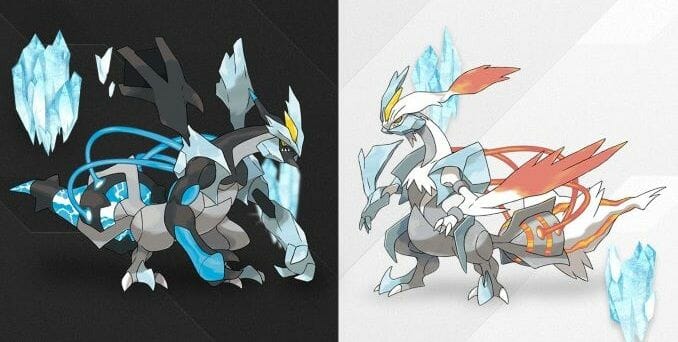
Year: 2012
Original Platform: DS
What sets Black 2 and White 2 apart is their ambition. Their heartfelt story, expansive post-game offerings, incredible soundtrack and sprite work all elevate the framework of what already would’ve been a top-tier Pokémon game. Whether it’s managing their own set of shops, battling gym leaders and members of the Elite Four from previous regions or exploring underwater ruins, Black and White 2’s version of Unova is so rich with fun things to do beyond collecting the gym badges or catching em all.
That’s not to say the games’ critical path is anything to sneeze at either: they feature fascinating, memorable characters at every turn in a way the other games just never did before. Black and White 2 aren’t just the best Pokémon games, they’re also the most ambitious—thus among the greatest games ever made.
Charlie Wacholz is a freelance writer and college student. When he’s not playing the latest and greatest indie games, competing in Smash tournaments or working on a new cocktail recipe, you can find him on Twitter at @chas_mke.